Oral
Functional Body Imaging
ISMRM & ISMRT Annual Meeting & Exhibition • 10-15 May 2025 • Honolulu, Hawai'i

| 08:15 |
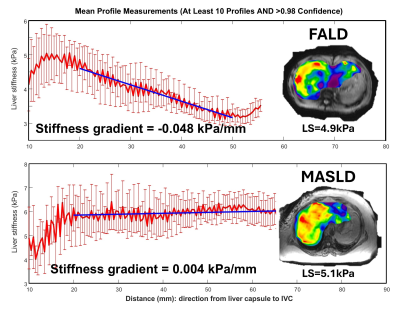 |
1164. MRE-Assessed
Hepatic Stiffness Gradient Distinguishes Congestive Hepatopathy
from Non-congestive Chronic Liver Disease
J. Li, P. Xu, H. Wu, A. Allen, K. Glaser, A. Manduca, M.
Hilscher, D. Simonetto, V. Shah, R. Ehman, S. Venkatesh, M.
Yin
Mayo Clinic, Rochester, United States
Impact: FALD patients exhibit more pronounced liver
stiffness gradients from the liver capsule to IVC compared
to MASLD patients with similar mean liver stiffness.
MRE-assessed stiffness gradient may be a promising parameter
for diagnosing and monitoring congestive liver diseases.
|
| 08:27 |
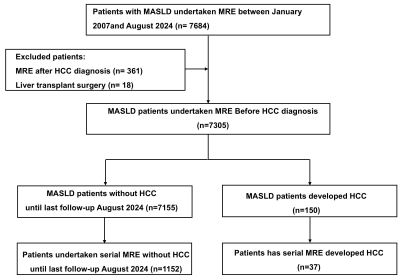 |
1165. Liver
stiffness measurement and its longitudinal change by Magnetic
Resonance Elastography predicts hepatocellular carcinoma in
MASLD
H. Wu, J. Li, C. Qiu, P. Xu, K. Glaser, A. Manduca, A.
Allen, V. Shah, G. Gores, R. Ehman, M. Yin
Mayo Clinic, Rochester, United States
Impact: Our study highlights the value of MRE-based LSM
and ΔLSM in predicting HCC risk in MASLD patients, providing
a tool for identifying high-risk individuals and guiding
personalized clinical management.
|
| 08:39 |
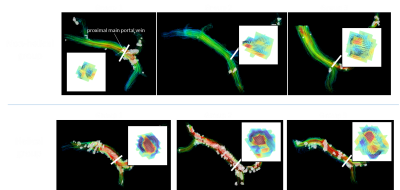 |
1166. The
role of helical flow phenomenon in the main portal vein as a
biomarker for esophageal varices at high risk of bleeding in
patients with cirrhosis
S. S. Shin, C. M. Moon, S. H. Heo, S. K. Kim
Chonnam National University Medical School, Gwangju, Korea, Republic of
Impact: This study demonstrated that the helical flow
phenomenon of main portal vein derived from 4D flow MRI
could play an important role in predicting the presence of
esophageal varices at high risk of bleeding in cirrhotic
patients.
|
| 08:51 |
 |
1167. Predicting
Variceal Risk in Cirrhotic Patients Using Four-Dimensional Flow
MRI for Hemodynamic Assessment and Risk Stratification
Q. Hu, g. j. Li, h. Yang, L. Nie
Chongqing hospital of traditional Chinese medicine, Chongqing, China
Impact: 4D flow MRI provides a reliable non-invasive
method for assessing variceal risk by quantifying key
hemodynamic changes. It enables early intervention and
personalized treatment strategies, improving patient
outcomes and offering new insights into managing portal
hypertension in cirrhotic patients.
|
| 09:03 |
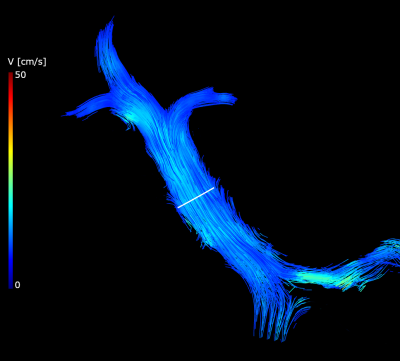 |
1168. Chronic
Liver Disease: Comparison of 4D Flow to 2D Flow MRI in the
Portal Vein in Healthy Volunteers and Patients

S. Cai, W. Bartholomä, N. Dahlström, J. Tellman, S.
Kechagias, P. Nasr, M. Ekstedt, M. Byenfeldt, J.
Kihlberg, P. Lundberg
Linköping University, Linköping, Sweden
Impact: 4D flow MRI could serve as an alternative to 2D
flow MRI for quantifying portal hemodynamics and may reflect
vascular changes associated with fibrosis progression.
|
| 09:15 |
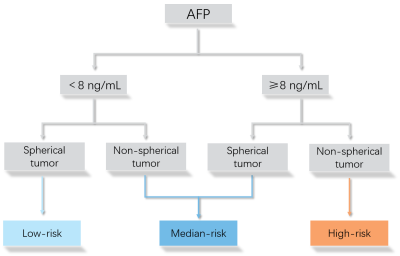 |
1169. Establishment
of a prognostic risk stratification system for HCC based on
AFP-morphology
L. Huiying, S. yajuan
Harbin Medical University Cancer Hospital, Harbin, China
Impact:
1.The AFP-morphology-based HCC prognostic risk stratification system can categorize patients into low, medium, and high-risk groups. 2.High-risk patient prognosis may suffer due to cell cycle abnormalities. Targeting the cell cycle with drugs could boost immunotherapy efficacy and improve outcomes.
|
| 09:27 |
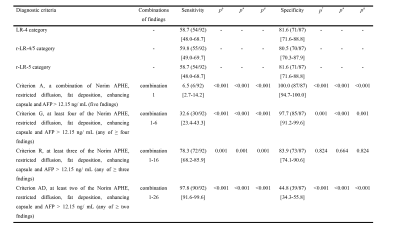 |
1170. Enhanced
Diagnostic Accuracy for Subcentimeter HCC Using Integrated AFP
and Gadolinium-Based MRI Features
H. Dai, X. Chen, C. Yang, M. Zeng
Department of Radiology, Zhongshan Hospital, Fudan University, Shanghai , China
Impact: Enhances diagnostic sensitivity for
subcentimeter HCC, improving early detection and patient
outcomes.
|
| 09:39 |
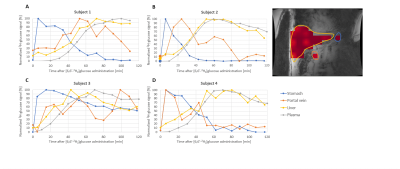 |
1171. Dynamic
imaging of deuterated glucose in the stomach, portal vein, and
liver using 3D deuterium MRSI at 7T

M. Konig, L. S. Ho, A. Gursan, M. Gosselink, S. Otto, K.
Tesselaar, W. Branderhorst, D. Klomp, J. Prompers
UMC Utrecht, Utrecht, Netherlands
Impact: DMI can trace the kinetics of 2H-glucose uptake
and metabolism in the body, serving as a non-invasive,
direct, 3D spatially resolved measurement tool to assess
glucose handling in metabolic diseases.
|
| 09:51 |
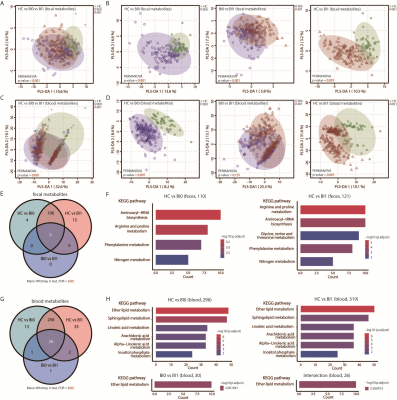 |
1172. Gut
microbiome and metabolite changes are linked to intestinal
inflammation progression and MR enterography abnormalities in
Crohn's disease
X. Hua, R. Zhang
The First Affiliated Hospital, Jinan University, guangzhou, China
Impact: Findings highlight dynamic alterations in gut
microbiota and metabolites, offering insights for improved
inflammation management in CD.
|
| 10:03 |
 |
1173. Functional
Sodium MRI Helps to Measure Corticomedullary Sodium Content in
Superior and Inferior Function of Transplant Kidney
G. Chen, Z. Liao, S. Ma, P. Luo, X. Zhang, Q. Wang, H. Tang,
Z. Li
Tongji Hospital, Tongji Medical College, Huazhong University of Science and Technology, Wuhan, China
Impact: Sodium
MRI accurately depicted CMG in transplanted kidney that
correlated with ability of concentrate urine. CMG was
related to eGFR and t-IFTA. The findings will contribute to
develop non-invasive imaging method to evaluation tubular
function and disease of transplanted kidney.
|
The International Society for Magnetic Resonance in Medicine is accredited by the Accreditation Council for Continuing Medical Education to provide continuing medical education for physicians.